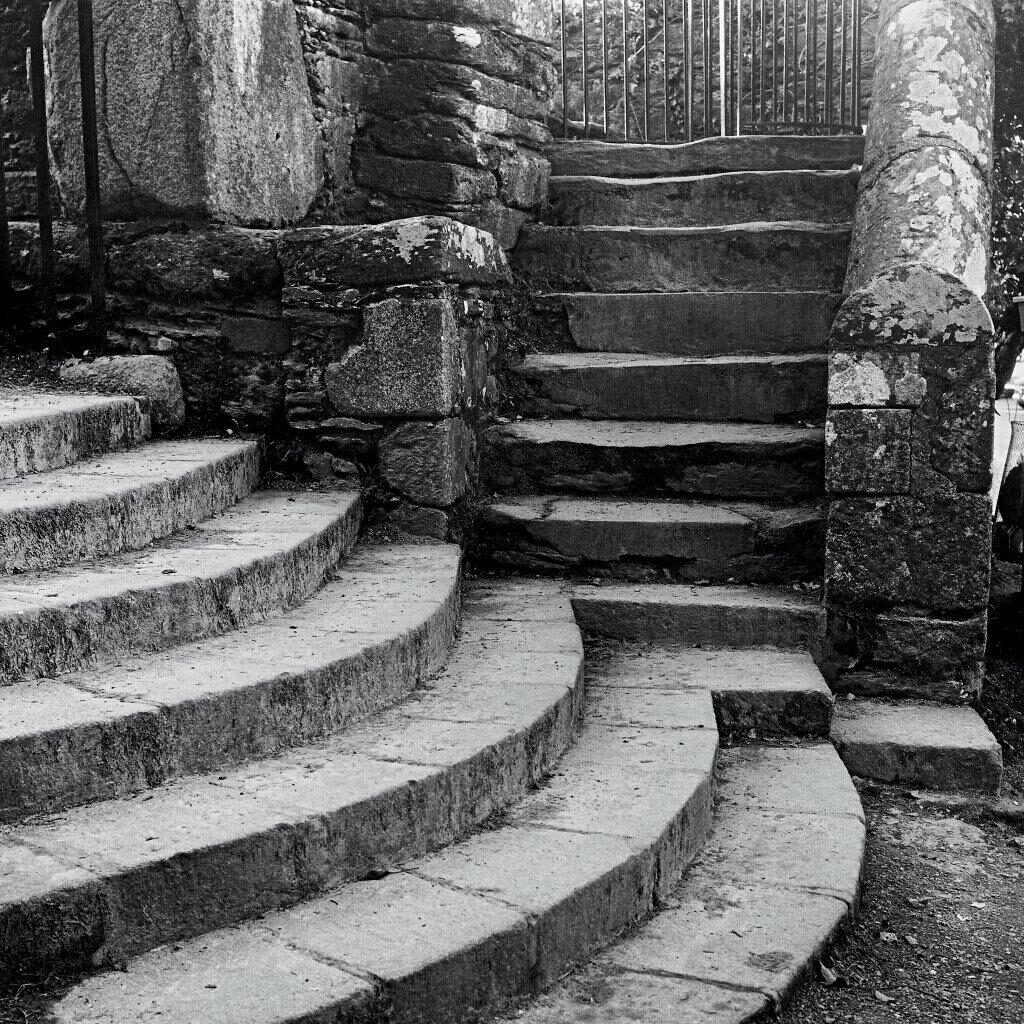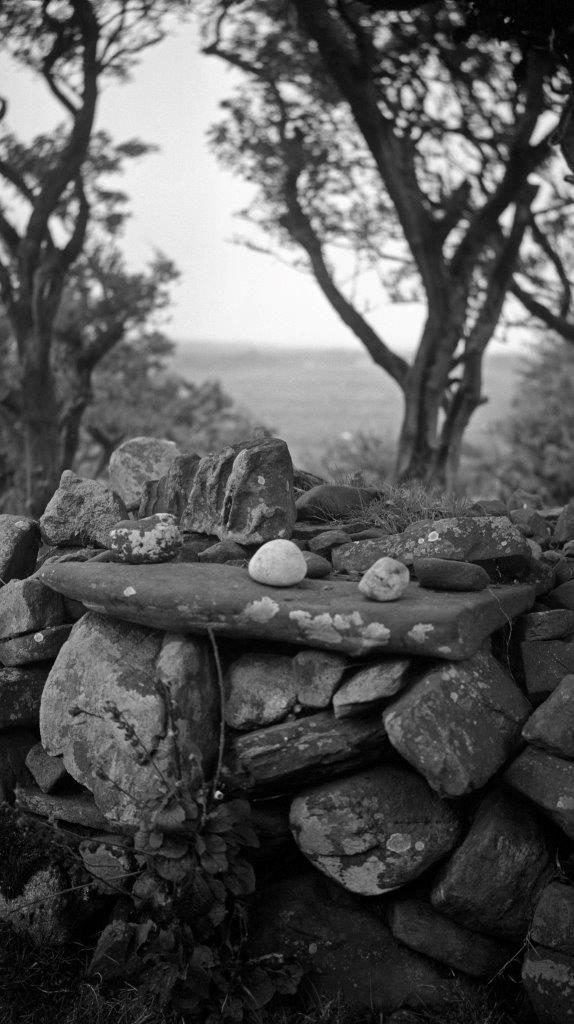Kilmainham Jail was built in 1796, shortly after the French Revolution. It became known as “The Bastille of Ireland.” After being captured in December 1920, Ernie O’Malley was tortured in Dublin Castle then removed to Kilmainham jail without trial. Ernie and two other prisoners escaped on Valentine’s Day 1921, aided by “The Big Fella,” Michael Collins. During the Irish Civil War, Ernie was captured again and confined within Mountjoy Jail. He and other senior anti-Treaty officers were transferred to Kilmainham’s formidable bastion in late October 1923. This was to separate them from the thousands of other prisoners and sympathizers who joined their leaders on a 41-day hunger strike. The fortress-like complex was abandoned in 1924. Ernie was with his wife, Helen, when she photographed this evocative image in 1936.
|






